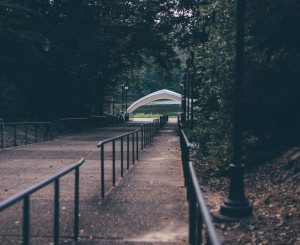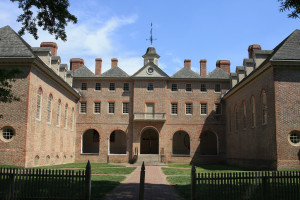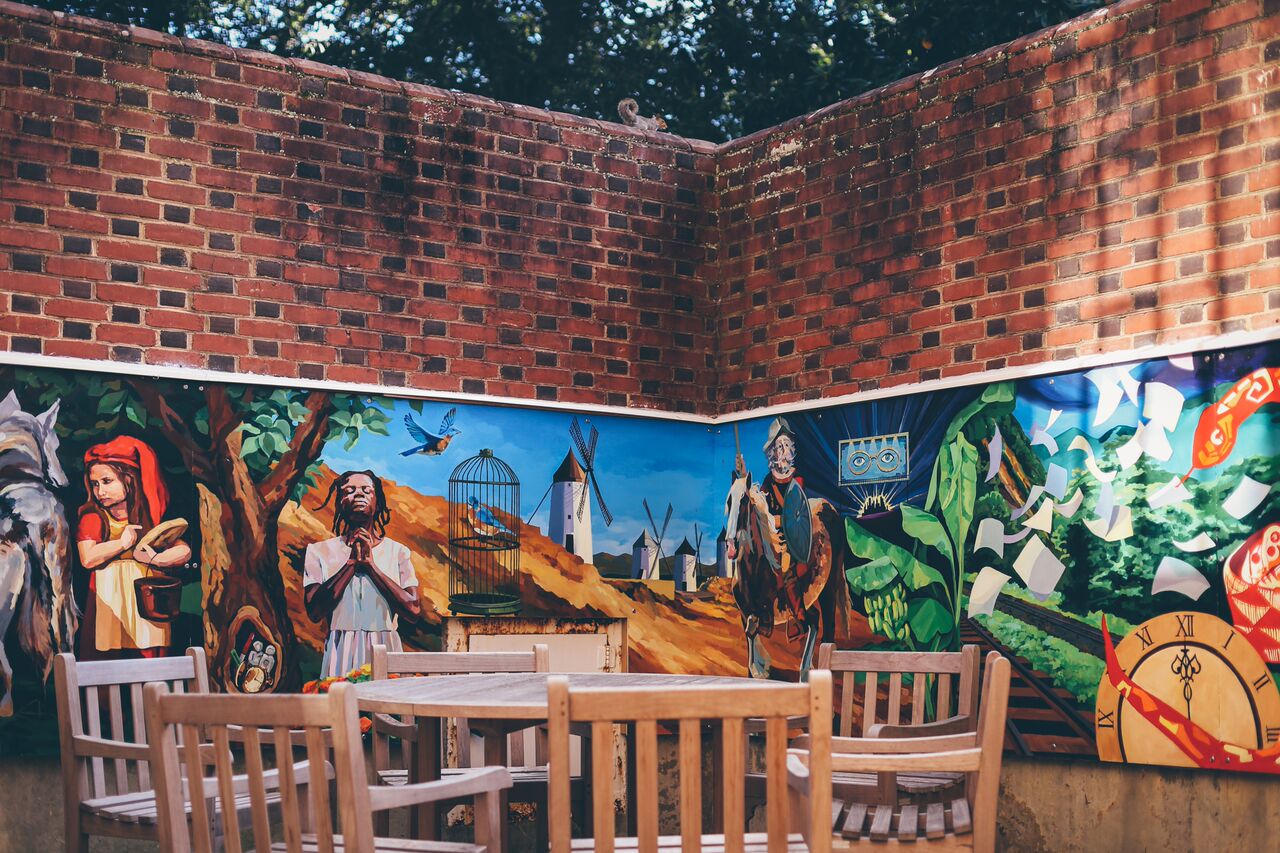Here at the College of William and Mary, the natural splendor of the campus is immediately apparent to all who visit. Some of the finest spots to frequent, however, are known only to the students who attend the College. From study nooks to peaceful oases, the campus and its surrounding areas offer a multitude of hidden surprises for any student willing to explore.
One of the many beloved spots not covered on the typical introductory tours of the campus is the Martha Wren Briggs Amphitheater at Lake Matoaka. Known colloquially to students as the Matoaka Amphitheater, this scenic pavilion acts as the venue for a variety of concert events, many of which are sponsored by the student-run organization, Alma Mater Productions (AMP). On days when the Amphitheater is not in use, students may take a quick jaunt down Ukrop Way, meander through the forest trails, and enjoy a relaxing repose in one of Matoaka’s 575 fixed seats, which are positioned before a stunning lakeside view. For those who enjoy the ambient sounds of nature as they study, these seats — or even the covered stage beneath the vast white awning — provide an additionally excellent site for more academic pursuits.

Another secret gem on campus is one easily overlooked if not sought out. Few passersby bother to investigate the small, unassuming staircase nestled up to the side of Tucker Hall. At first glance, the stairs may seem to simply offer an alternate entrance to the academic building. The curious pedestrian, however, soon finds that the stairs lead him down into a clandestinely colorful hideaway, one brightened by a literary mural on all sides. The mural, commissioned in 2015 by English department chair Adam Potkay and painted by Kristen Lied Peyton ‘12, contains scenes from some of the great classic novels, including “To Kill A Mockingbird”, “The Great Gatsby”, “Moby Dick” and “Hamlet”. Savvy students may spend many a lunch break or study session hunkered down around the hideaway’s convenient picnic table, hoping to glean inspiration from the great literary figures peering over their shoulders.
Should students tire of the gaze of these literary figures, they may always trade them in for the wizened eyes of George Washington and Bishop Henry Compton, the first chancellor of the College. Portraits of these two great men hang on the walls of the illustrious Wren Building’s blue room, an aptly-named chamber on the historic structure’s second floor. Although in past years the room was used by the administration as a meeting room and to store important school documents, it now acts as a conference and presentation space. On days of vacancy, students may take advantage of the space as a reading room. Surrounded by robin’s-egg blue walls and seated in one of the magnificent antique chairs before a stately elliptical table, one has no trouble remembering that they have become part of a 323-year legacy.

There’s no telling what hidden gems lie just around the corner, just waiting to be discovered and passed on to the next generation of students.

